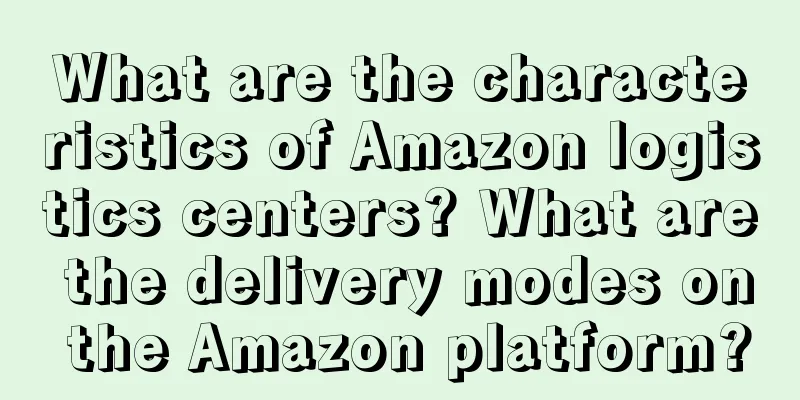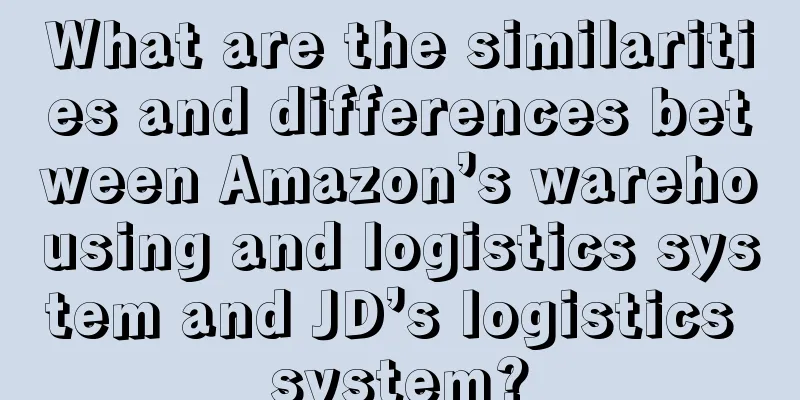Since Amazon acquired Kiva in 2012, it has sealed up the Kiva Robots technology and carefully built it for exclusive use, making the automatic goods-to-person picking technology of Kiva robots increasingly mature and becoming the core technology for low-cost and high-efficiency operations of its logistics centers. The 15,000 Kiva robots it produces are all used in its 10 North American logistics centers, which are called Amazon's eighth-generation logistics centers. The two logistics centers in Tracy and Patterson, California are the newest. The Tracy Logistics Center is code-named OAK4, which is a small-item distribution warehouse, and the Patterson Logistics Center is code-named OAK3, which is a large-item distribution warehouse.
Amazon Logistics Center Process
1. Receiving goods
2. Listing
3. Picking
4. Packaging
5. Shipping
Three modes of delivery on the Amazon platform
Amazon logistics has only three modes, mainly FBA, third-party overseas warehouses and self-delivery.
1. Amazon FBA
The full name of FBA is Fullfillment By Amazon, which is translated into Amazon Logistics in Chinese. It is a shipping service provided by Amazon, which includes one-stop logistics services such as warehousing, picking, packaging, distribution, collection, customer service and return processing. Sellers prepare goods in Amazon warehouses in advance, and after customers place an order, Amazon warehouses ship the goods directly to customers. JD Logistics in China imitates the Amazon logistics system. No matter it is self-operated or not, as long as the goods are sold through the JD platform, they can be shipped to customers through JD Logistics.
2. Third-party overseas warehouse
That is, third-party overseas warehousing services. It refers to the one-stop control and management service of goods warehousing, sorting, packaging and delivery provided by logistics service providers independently or jointly to sellers at the sales destination. Sellers store the goods in local warehouses and respond quickly when buyers have needs, sorting, packaging and delivering the goods in a timely manner.
Although FBA solves many problems for sellers, it still has restrictions and requirements on products from Amazon, as well as high costs and poor flexibility. These problems can be solved through third-party overseas warehouses. Compared with FBA, overseas warehouses have some unique advantages and options for cross-border logistics price comparison.
3. Self-delivery
Self-fulfillment means that after receiving the customer's order, the seller directly ships the goods from the domestic supplier or warehouse to the foreign customer. That is, the seller is responsible for a series of activities such as warehousing, sorting, packaging, delivery and customer service.
Learn about Amazon logistics centers and logistics platforms. Here you can find the latest and most comprehensive Amazon-related information!

